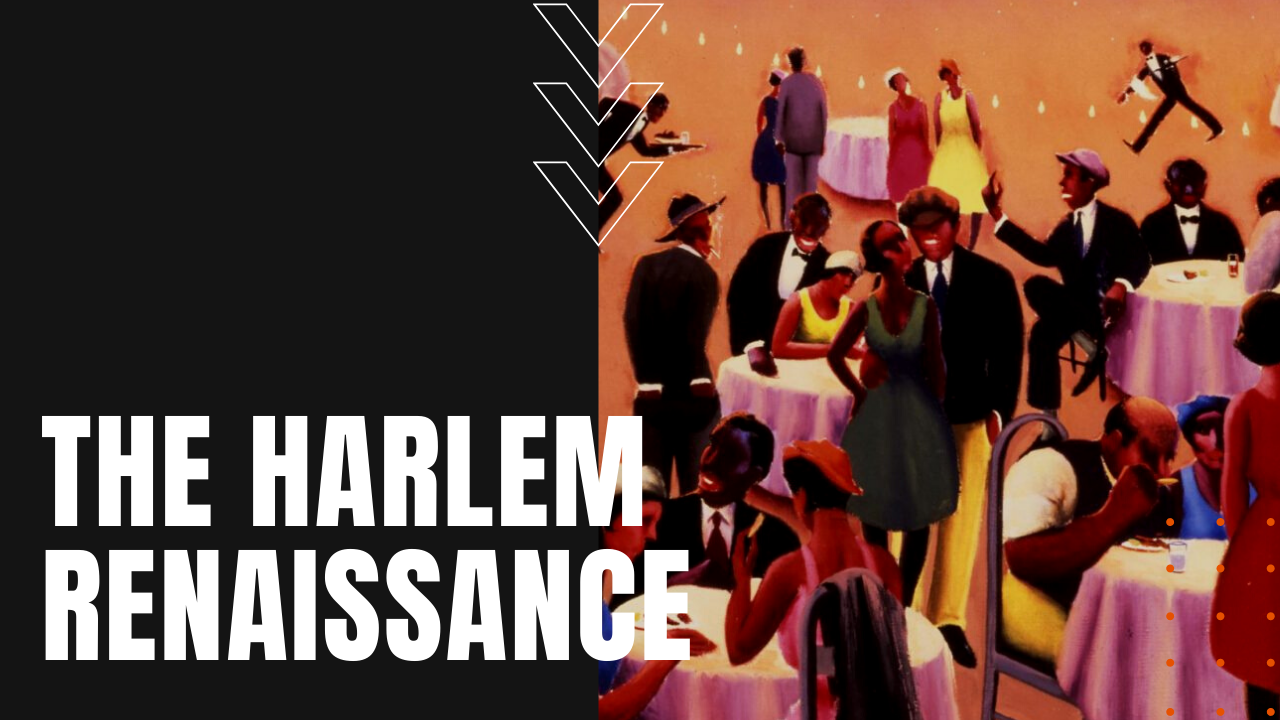The Harlem Renaissance

Originally conceived as an upper-class white neighborhood in the 1880s, Harlem soon experienced a rapid overdevelopment that left many landlords desperate for tenants. Combined with the Great Migration of southern blacks into the north from 1910 to 1920, immigration into the U.S. fell precipitously after World War One, obliging northern companies to send recruiters South to entice Black workers to yet again fill another labor vacuum.
What was The Harlem Renaissance?
As a result, by 1920, some 300,000 African Americans had moved north—many into Harlem where rents were still affordable—setting the stage for the Harlem Renaissance, as well as a golden age for African American writers, artists and musicians.
Harlem would become home to such accomplished Black notables as poets Claude McKay, Jean Toomer and Countee Cullen, writers Jessi Redmond Fauset and Langston Hughs, actor Paul Robeson, sociologist Charles Spurgeon Johnson and civil rights activist James Weldon Johnson.
Yet it was the music of the Harlem Renaissance that gave the period its indelible mark on American music, including jazz greats such as Louis Armstrong, Duke Ellington, Fats Waller, Josephine Baker and Cab Calloway. With such disruptive new music came a booming nightlife, where establishments like the Savoy offered two stages featuring continuous jazz and dancing well into the night.
Why the Harlem Renaissance Ended
As was the racist tenor of the times, white people wanted to experience the Harlem Renaissance without having to rub elbows with blacks, leading to whites-only venues like the Cotton Club, which saw frequent performances by Ellington and Calloway. The golden age of Harlem began to unravel with the stock market crash of 1929, followed by the Great Depression, but the biggest death knell for the Harlem Renaissance was the end of Prohibition in 1933, which meant that white partygoers no long sought out the illegal booze available in uptown clubs.
The true end came with the Harlem Race Riot of 1935, which was sparked after the arrest of an adolescent Black shoplifter, resulting in three deaths, hundreds of injuries and millions of dollars in property damage, marking the permanent end to what will always be remembered as the high-water years of Harlem.
